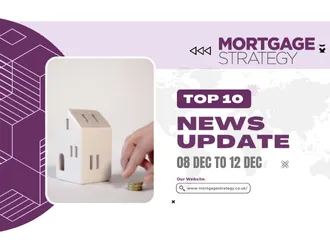
Demand from first-time buyers, which saw a marked increase immediately after the nationwide lockdown, is losing steam, says Zoopla in its August housing market report.
It says that this segment of the market has fallen for the first time in five years. It expects this to continue its decline through the rest of the year.
In 2019, 20 per cent of mortgage lending was at 90 per cent LTV or higher, Zoopla says. By that date it was also the largest buyer group.
With this type of lending now extremely limited, plus a population facing an uncertain economic future and tighter lending criteria, this trend is set to reverse for the first time since 2017, with the equity-rich homeowner segment set to power the market instead, concludes Zoopla.
Regionally, FTB activity varies greatly – demand in London is near-zero – 1.8 per cent – versus that seen in the first quarter of this year, with demand from homeowners up 41 per cent, while in Scotland, FTB interest has grown close to 40 per cent and homeowner by 84 per cent. Here, average house prices set against below-90 per cent LTV lending define FTB activity.
The report adds that house prices grew 2.6 per cent on the year in August, with a 3 per cent growth in new sales versus the same period in 2019 behind this.
Zoopla says that overall housing demand was up 39 per cent on August 2019 and sales inventory 10 per cent higher, which it says keeps house price inflation “in check”.
Additionally, 50 per cent of the 20 cities that Zoopla tracks saw growth of over 3 per cent on the year.
According to Zoopla, in August 2020 the average UK house price was £218,262.
Zoopla research and insight director Richard Donnell says: “Housing market conditions remain strong as new restrictions are introduced to control the spread of Covid. These changes are likely to continue to support housing demand in the near term as the importance of the home grows.
“However, the housing market will not remain immune to the impacts of weaker economic growth and rising unemployment.
“FTBs have been a driving force of housing sales over the last decade. They remain a key buyer group but lower availability of higher LTV mortgages and increased movement by existing homeowners means a shift in the mix of home buyers into 2021.”



